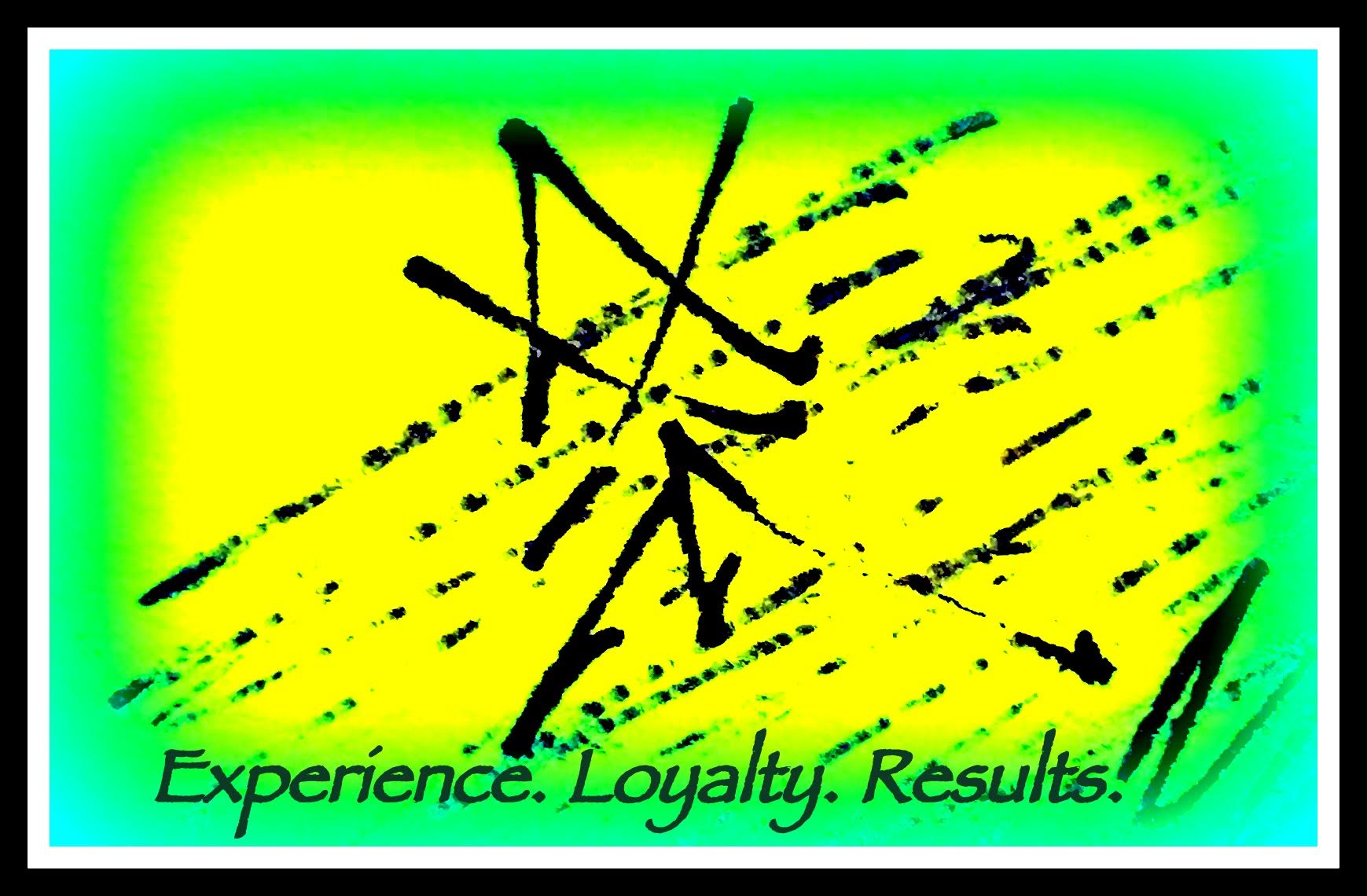Scientists have studied for quite some time the dynamics of learning. We use the term “learning curve” to refer to the amount of time required to learn new information. Small libraries have been written on various learning techniques and theories. One such theory is known as the “power law of practice.”
October. There’s something in the air, a rekindling, blast of wind-shaken trees, a regeneration, gust of rain-shivered flowers, a reawakening, flash of sun-seared grassland––something akin to the force which infuses carbon-based matter with the breath of life.
“The power law of practice states that the logarithm of the reaction time for a particular task decreases linearly with the logarithm of the number of practice trials taken. It is an example of the learning curve effect on performance.”
While practice can result in an increase in speed, it’s not necessarily the case that practice results in an improvement in quality. Improving quality while simultaneously improving efficiency implicates more than merely “the number of practice trials taken.”
You can sense the clouds lower, the ground stir, a presentiment, a premonition, the future foretold in shades of orange and russet, of yellow and gold––the time of year when you know another cycle is about to begin, even the air smells richer, deeper––the geese, against pine trees, grey sky, and harvested fields, providing more than ample warning.
“However, subsequent research by Heathcote, Brown, and Mewhort suggests that the power function observed in learning curves that are averaged across participants is an artifact of aggregation. Heathcote et al. suggest that individual-level data is better fit by an exponential function and the authors demonstrate that the multiple exponential curves will average to produce a curve that is misleadingly well fit by a power function.”
So, later research indicates we cannot entirely trust the data. The data appear to conform to a certain pattern when in fact another explanation works as well, if not better.
You’ve lived for many years, you’ve seen and experienced a lot––no one else has endured precisely the same set of life experiences––the water flows according to nature’s law, revealing its own spirit which you perceive at dawn and dusk, shimmering in autumn sunlight, flickering dashes, instantaneous, indiscernible, explosions of light mirroring a power infinitely greater than your own.
“The power function is based on the idea that something is slowing down the learning process; at least, this is what the function suggests. Our learning does not occur at a constant rate according this function; our learning is hindered. The exponential function shows that learning increases at a constant rate in relationship to what is left to be learned. If you know absolutely nothing about a topic, you can learn 50% of the information quickly, but when you have 50% less to learn, it takes more time to learn that final 50%.”
This explains why learning is a more complex enterprise than we assume. It’s that last 50% we take for granted. We believe (reasonably, justifiably) that the first 50% was easily acquired, then surely the final 50% should be able to be acquired with equal ease and speed. We cannot understand why it’s taking more time, why progress stalls. Take any complex task: learning a new skill, mastering a new body of information. The tendency is to examine (carefully, thoroughly) the surface and pronounce ourselves “ready” when in fact 50% of our most important work remains to be completed.
Branches, once covered in leaves, intricately textured as if hand-drawn, are revealed, the ground hardens, time slows––the yellow moon, silent, motionless, whispering its message, the roads deserted, a clear voice speaking to you, heard from an unimaginably faraway distance.
“Research by Logan suggests that the instance theory of automaticity can be used to explain why the power law is deemed an accurate portrayal of reaction time learning curves. A skill is automatic when there is one step from stimulus to retrieval. For many problem solving tasks, reaction time is related to how long it takes to discover an answer, but as time goes on, certain answers are stored within the individual’s memory and they have to simply recall the information, thus reducing reaction time. This is the first theory that addresses the why of the power law of practice.”
It’s not optimal in all instances to strive for automaticity. Nuance and creativity are lost when a task becomes rote. It’s not merely “the number of practice trials taken.” There’s something else. It’s indefinable. Children possess it; so too do certain adults. “Certain answers are stored within the individual’s memory”––but what if these answers are incomplete, or, in certain instances, incorrect? Learning something new requires first accepting the possibility (or likelihood) that one’s long-held answers may be wrong. Once that awareness is accepted, then learning can begin. Probably not the easiest thing to do. The “power law of practice” has its role––a limited role, overshadowed by something much larger––the determination and resolve to take another look.
All quotations from: Power Law of Practice, Wikipedia, https://en.wikipedia.org/wiki/Power_law_of_practice




